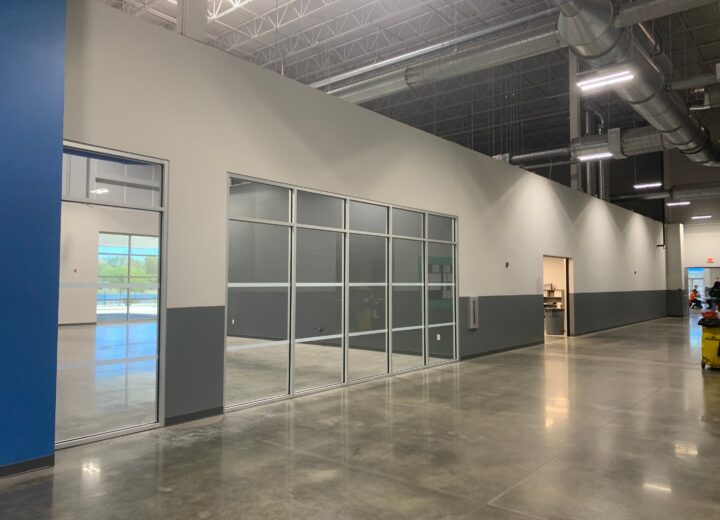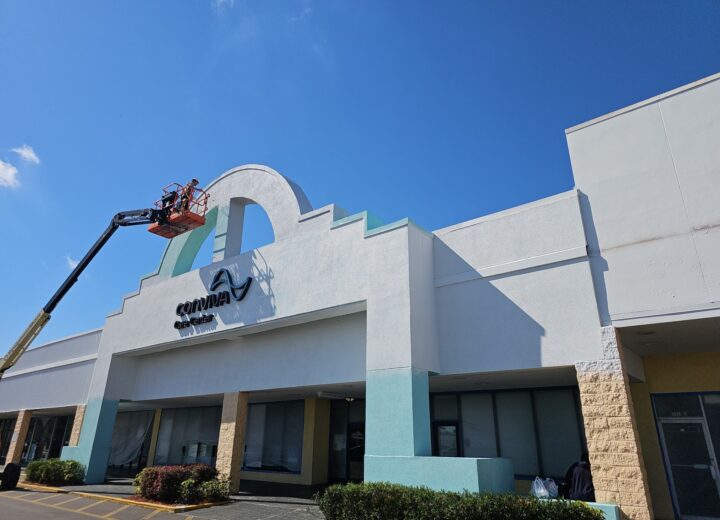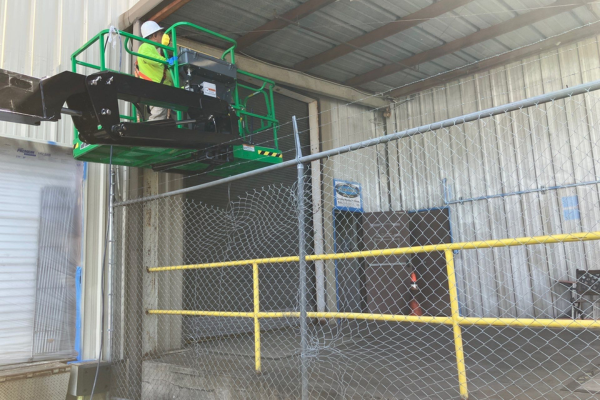 More attention is being focused on healthcare facilities: How they are set up, maintained, and used. As interest has turned to risks within the care environment, hospital and clinic administrators are taking action. Communities are counting on it.
More attention is being focused on healthcare facilities: How they are set up, maintained, and used. As interest has turned to risks within the care environment, hospital and clinic administrators are taking action. Communities are counting on it.
Further combating those risks means looking toward new technologies and techniques. There are few areas of a modern healthcare operation that have not been extensively optimized. Among the few, performance-oriented coatings deserve more thorough investigation.
Many hospitals have invested at least some time and work on coatings, especially for critical care. For example, waterproof coatings are crucial in an environment where a fractional increase in humidity can enable bacteria to proliferate and may damage pharmaceuticals.
However, coating technology is moving forward. Antimicrobial coatings – which merely hinder the reproduction of bacteria on a surface – are no longer the only option for directly combatting infection. True microbicidal coatings are now available.
The foremost example in the industry today is Sherwin-Williams Paint Shield. Paint Shield is recognized as the first true microbicidal coating, a distinction it earned through a variety of third party laboratory tests. Its claims have been deemed valid by the FDA.
Sherwin-Williams Paint Shield is proven to kill more than 99.9% of these common bacteria:
- Staph
- MRSA
- E. coli
- VRE
- Enterobacter aerogenes
Microbicidal action begins immediately and the microbe reduction is complete within two hours. These results can be maintained for up to four years without additional coatings as long as the integrity of the surface is maintained – a step beyond even current hospital standards, which call for surfaces to be visibly clean. That opens new vistas of opportunity for medical facility safety.
Here’s why your facility needs microbicidal coatings now:
1. Reduced Risk of Healthcare-Associated Infections (HAI)
HAIs are a constant risk for any patient. Staph and various enterobacteria are some of the most common of these. Although there are many potential vectors of HAI and no microbicidal coating can account for all of them, reducing the presence of any one of these is a valuable step forward.
Intubated patients in particular are at elevated risk of HAIs that can be quite severe, so a lower load of staph bacteria in the environment can help protect them. Microbicidal coatings in both public and staff-only rooms are a valuable adjunct to hand washing and other sanitary protocols.
2. Better Safety for Frontline Healthcare Providers
Providers brave the possibility of infection every day.
The current public health situation has spotlighted the need for everyone in a care environment to carefully follow sanitation protocols. However, such protocols are bound to be imperfect, as no one has complete knowledge of the risks in any environment.
Microbicidal coatings serve as an added safety net protecting those who are in constant contact with unwell patients. In a crisis situation, this can make the difference between health and illness for a nurse, physician, or other member of facility staff.
While no statistics are available on how many annual infections coatings can prevent, we know that infection is based on microbial load and exposure length. Since healthcare providers cannot reduce exposure length in most cases, coatings are a valuable way to lower microbial load.
3. A Greater Sense of Security for Medical Facility Visitors
While staff members understand and accept a degree of risk, hospital visitors are often concerned about their likelihood of becoming ill through contact with patients. Visitors may enter spaces where they have contact with patients undergoing intake – or may simply become lost.
Whatever the case, an investment in microbicidal coatings helps safeguard guests.
4. Higher Margin of Error for Your HVAC System
As an HVAC system becomes less efficient, air filters are no longer as effective in filtering out microbial particles. Particles can be distributed through the ventilation system.
Unfortunately, recognizing when an HVAC system is no longer working at full efficiency often requires indirect clues, such as rising electrical usage that suggests the system is working harder.
By eliminating bacteria on various surfaces, antimicrobial coatings support your efforts to keep them out of circulation. You will have more time to recognize and remediate HVAC issues.
5. Superior Aesthetics and Surface Integrity
It deserves to be said microbicidal coatings like Paint Shield provide excellent appearance and improved longevity for your surfaces. The way a facility looks has a significant impact on how comfortable people feel there – and that includes both patients and their families.
All surfaces need periodic maintenance to ensure they don’t develop damage that can impair care. If some sections of your facility will soon need repainting, it only makes sense to utilize microbicidal coatings.
In coming years, antimicrobial coatings are sure to be adopted widely. Although there are few options available now, their proven results mean they have a definite role to play in safeguarding personnel and the public.






